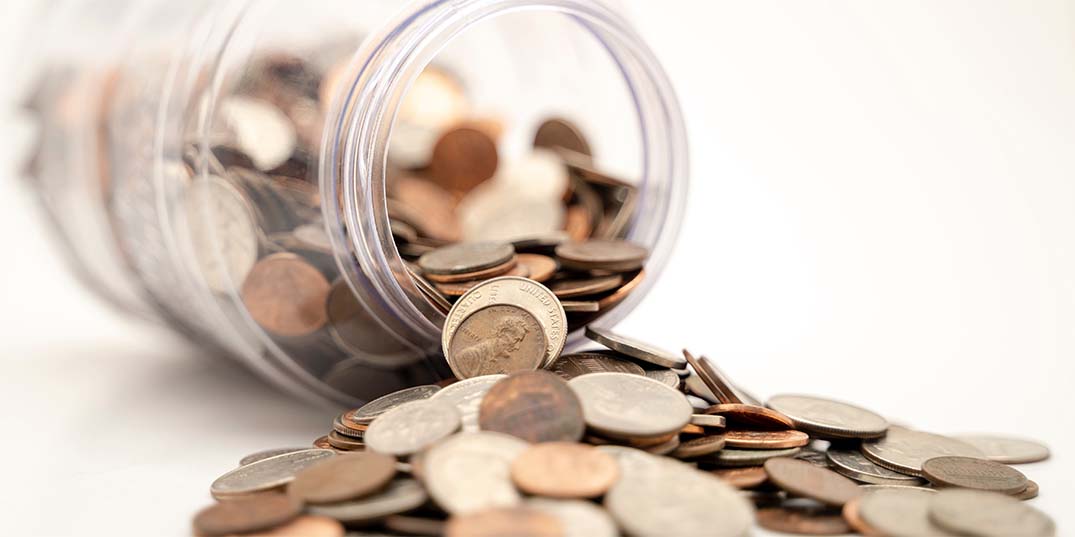An average South African household could be spending as much as R480 extra on their monthly electricity bills from April, translating to an additional R5 760 each year.
This is according to Alumo Energy business director Jean-Phillipe Ghyoot, demonstrating the growing impact that continuous double-digit tariff hikes are having on household budgets.
The National Energy Regulator of South Africa (NERSA) approved a 12,74% increase for 2024/2025 in January, which will impact Eskom-supplied customers from 1 April, and municipal customers from 01 July this year. This comes on top of the 18.65% increase implemented in July last year.
“There’s no sugarcoating South Africa’s situation right now regarding power, whether at home or in the workplace. We not only have an unreliable supply, but we are also facing a second front of attack in the form of ongoing price hikes,” notes Ghyoot.
“The impact of load shedding on our daily lives, work, and businesses means that alternative energy sources, both at home and at work, are now no longer luxuries, but necessities. And, given the dramatic price increases implemented each year, the investment case for solar systems is stronger than ever.”
Demonstrating the point, Alumo calculated how much an average five-member family, including three children, living in Pretoria will be paying from April compared to one, three, and five years ago. Assuming this family consumes some 12 000 kWh per year, their bill at City of Tshwane “domestic supply” rates would currently total some R3 800 per month or R45 600 per year in terms of 2023/2024 rates.
The exact price adjustments at municipal levels following the April increase have yet to be announced. But, should this family’s prices rise by 12,74%, their bill would soar to over R4 300 per month or nearly R51 600 per year, placing even greater strain on budgets.
Just three years ago, the same family would have been paying about R3 000 each month or R36 000 per year. And five years ago, their bill would have totalled about R2 500 per month or R30 000 per year.
South Africa doesn’t stack up well to the rest of the continent either. According to GlobalPetrolPrices.com, the South African consumer currently pays 250% of what the average Nigerian pays; electricity in Zimbabwe is 97% cheaper than in South Africa; and only nine other countries on the continent are subject to higher tariffs than we are. All these calculations do not account for the increased rates in 2024.
“By contrast, a well-designed solar system tailored to households’ specific energy requirements, that balances costs versus energy benefits, should offer savings of at least 65% on electricity bills. In our example, had this household installed a solar system, they would have accumulated savings of approximately R43 000 in electricity costs over the last three years,” Ghyoot adds.

